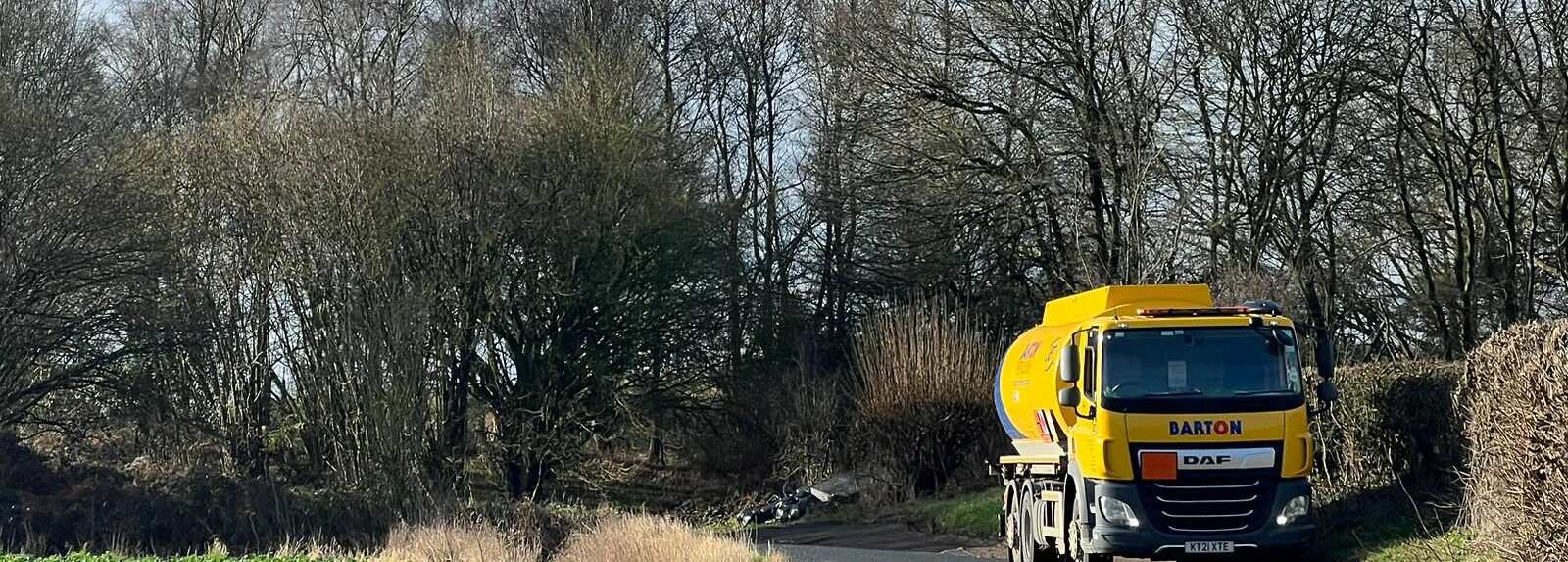Camouflaging a domestic oil tank
Few would argue that domestic oil tanks are not the most attractive garden feature! Before attempting to disguise your tank however, there are a number of things you should consider:
- You must be able to access your tank AT ALL TIMES – this is essential for the refuelling of your tank as well as for maintenance purposes
- Tanks must be a minimum of 1.8 meters from a door or window, eaves and combustible buildings. They can be sited near to your house and other buildings as long as there is a 30 minute fire resistant protection barrier as described in your local building regulations. For further information on this, please contact your local building control authority.
- All plastic oil tanks must be installed on a flat, level and fire resistant base capable of supporting the weight of the tank when fully laden. If concrete slabs are used they should be a minimum of 50mm thick. The base should extend at least 300mm beyond the widest points of the tank and fully support the base of the tank in its entirety. Piers are not suitable for this purpose and can cause irreparable damage to the plastic tank.
- Steel tanks are best installed on piers and you should be particularly careful to make sure the piers extend wider than the external dimensions of the tank so that the weight of the tank is supported by its side panels and not only the base. It is possible to install a bunded steel tank on a flat base as the tank comes supplied with its own bearers.
The above should all be considered when arranging your tank in preparation for disguising it.
The best ways to disguise your domestic oil tank
Plants and foliage
If the area gets adequate sun then it could be the perfect place for planting some greenery. Plants will not only blend effortlessly in with your garden but require minimal maintenance as a disguise technique. Evergreen bushes work for full coverage at all times of the year. Important note: Leave adequate space between the plants and tank – this should be a minimum of 600mm.
Fencing in
There is nothing to stop you disguising your oil tank in a little yard. You can match your fencing to that already used around your garden. If the oil tank is close to a building this is a little less work. If you’re enclosing your tank be sure to install a door or gate. Again, adequate space around the tank is required (a minimum of 600mm). In a worst case scenario the tank may leak and access is needed to repair this immediately to avoid polluting a nearby area.
Trellis fencing
Much like the use of plants this is another visually pleasing option. Trellis fencing is easy to put up and doesn’t have to cost the earth. This method does however take patience – adding hanging vines means complete coverage can take up to a few years to be as required. Again, please remember to leave a gap between the trellis and your tank of at least 600mm.
Source: Alltank
Click here to find out more about Barton Petroleum’s range of storage tank services. Whether you require a totally new storage tank installation on your premises, the replacement of an existing tank or simply the safe removal and licensed disposal of a disused tank and/or its fuel contents, we can help.




